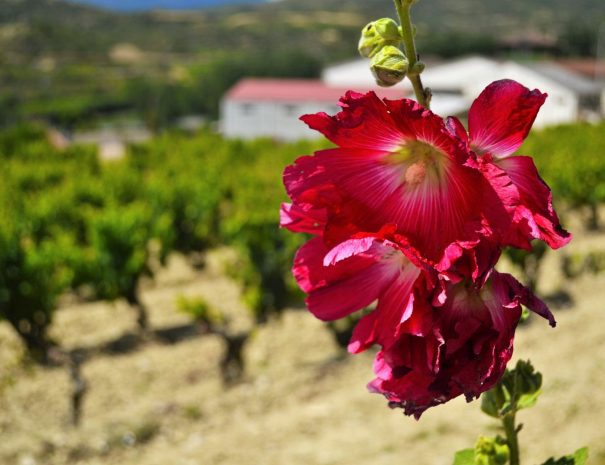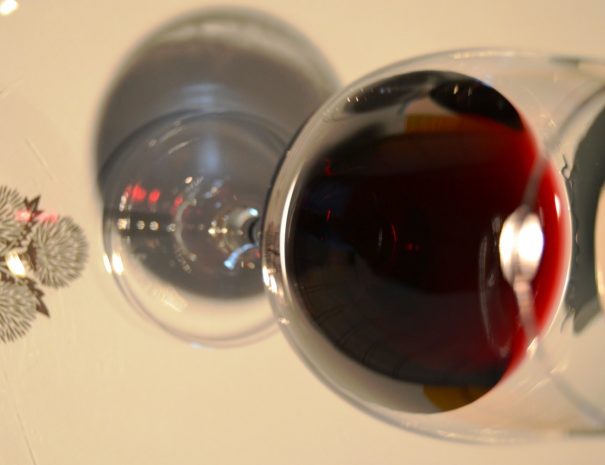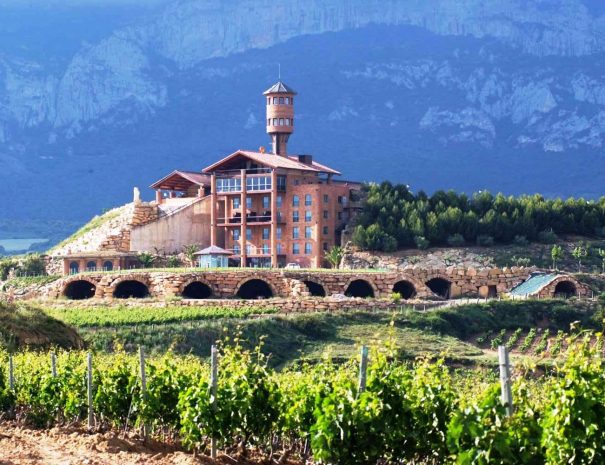
Why are Riojan wines so good? Rioja terroir
In this post, we analyze the reasons why wines from Rioja provide consistently high quality at very different price levels. We will cover in-depth elements of the Riojan terroir, a sometimes forgotten element when Rioja is mentioned! … Read More




